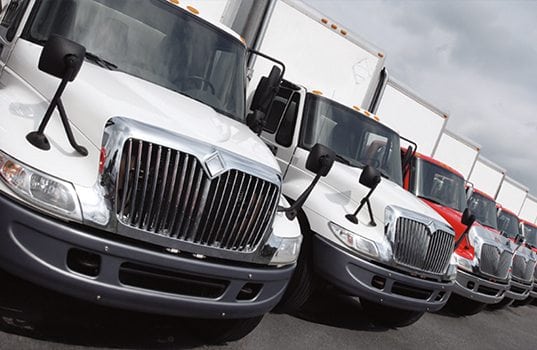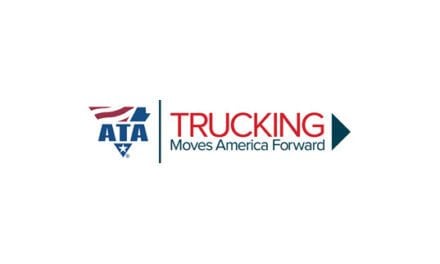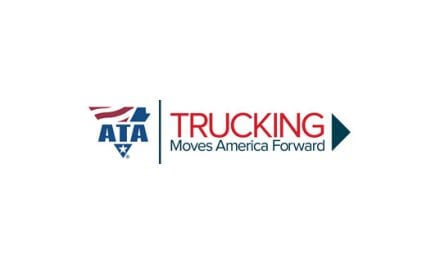By Shane Dyer
There have been several transformational events in the history of commercial fleet fueling. Our industry has progressed through major milestones such as moving from key-lock to cardlock, the rise of the reciprocal fueling networks, and the emergence of universal cards. The next front in the war of fleet cards is going to be fought through GPS technologies, also referred to as Telematics.
As a fleet card issuer, your value propositions outside of the fuel itself are purchase controls, management reporting and efficiencies associated with convenient or high-speed fueling locations. Telematics are going to have an impact on this value proposition.
Most significant will be minimizing the value of your reporting services. Telematics are highly efficient in managing everything from real time odometer readings, idle time, vehicle speeds, service hours and much more. Therefore, a company with a Telematics system is going to be less interested in the typical fleet card reporting package that provides such information as miles driven, miles per gallon, cost per mile and other basic metrics. However, they will be interested in obtaining an electronic file from their fuel supplier that can be imported into their Telematics system.
There are several purposes of integrating a Telematics system with fueling transaction data. Without this information, the system can’t calculate miles per gallon or cost per mile. Additionally, most Telematics systems today include asset management modules that track maintenance and other expenses. Adding the fueling data into the system provides a comprehensive picture of the asset.
Finally, most Telematics systems are currently capable of comparing the fueling transaction with the vehicle’s location. When such a system is smart enough to identify that vehicles were not present at the fueling location, it is highly effective in mitigating unauthorized use. This minimizes the value of time date restrictions, velocity limits such as gallons/dollars per period and unusual activity reports a fleet card issuer might provide through their product suite.
In the future, we anticipate the Telematics system will be integrated with the fleet card authorization host. This integration would allow the ability to actually decline a transaction if the vehicle is not physically present at the fueling location. If the Telematics device is connected to the on-board diagnostic port (OBD2) it’s even possible that the fuel level can be assessed and the pump only authorized to dispense the amount necessary to fill the tank. Of course this level of system integration would require substantial sophistication and investment, but it is on the horizon.
We know the major fleet card technology companies have their eyes on this battlefield. Today WEX resells a variety of Telematics systems to their customers and Fleetcor acquired a Telematics company called NexTraq in October 2013. According to Bernie Kavanagh, VP, Corporate Payment Solutions for WEX Inc., “We work with a variety of strategic Telematics partners because each provider specializes in their own vertical markets. One might be better equipped to benefit a landscape company while another system would work better for a distribution company. Ultimately the data is what rules the decision by the fleet, and WEX’s goal is to integrate that data as effectively as possible into our suite of product offerings. The future is one where the systems will be integrated at the time of authorization, however there are many logistics to work out before that happens, particularly the impact on the speed of processing the approval. ”
As a fleet card issuer, you have two primary objectives to consider. First, how do you obtain a qualified Telematics system to implement with your fleet customers, and secondly, if they have an existing system, what should your course of action be? There are many options available in the market, however if you are issuing a card managed by one of the major fleet card providers, you might investigate their offering first because the necessary integration may already be done on behalf of you and your customer.
Pacific Pride Services, LLC, a subsidiary of WEX Inc. anticipates their nationwide network of franchisees will be able to leverage the WEX partnerships by offering an integrated product to their fleet customers in 2014. According to Lisa Garside Executive Vice President, “We see Telematics as being an important product offering that will enhance our franchisees competitive positioning”.
In instances when you recognize your fleet customer or prospect already has a Telematics system, it’s imperative that you redirect your conversation away from your management reporting and towards integrating their transaction data through easy electronic interchange. This often means there will need to be some manipulation of the data on your part because most petroleum marketer’s billing systems don’t have the address, city, state, and zip code as part of their core file structure. PowerUp Fleet has built several “data bridges” between billing systems and various Telematics systems.
As with all technologies, Telematics will continue to saturate the fleet market until it will be deployed in even the smallest five vehicle fleet. Understanding the impact this will have on your fleet card business is priority number one, figuring out how to capitalize on this trend is number two.
 Shane Dyer is the president of PowerUp Fleet, Inc. He possesses over 28 years petroleum automation, operations, and executive management experience with a focus on commercial fleet fueling and cardlock networks. PowerUp Fleet, Inc. provides sales force automation/CRM solutions specific to the petroleum industry along with sales training, sales management, and executive consulting services. Contact: (541) 388-5120 or [email protected] and visit PowerUp Fleet at: www.powerupfleet.com
Shane Dyer is the president of PowerUp Fleet, Inc. He possesses over 28 years petroleum automation, operations, and executive management experience with a focus on commercial fleet fueling and cardlock networks. PowerUp Fleet, Inc. provides sales force automation/CRM solutions specific to the petroleum industry along with sales training, sales management, and executive consulting services. Contact: (541) 388-5120 or [email protected] and visit PowerUp Fleet at: www.powerupfleet.com









